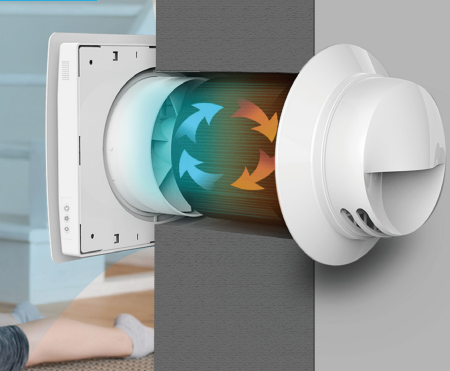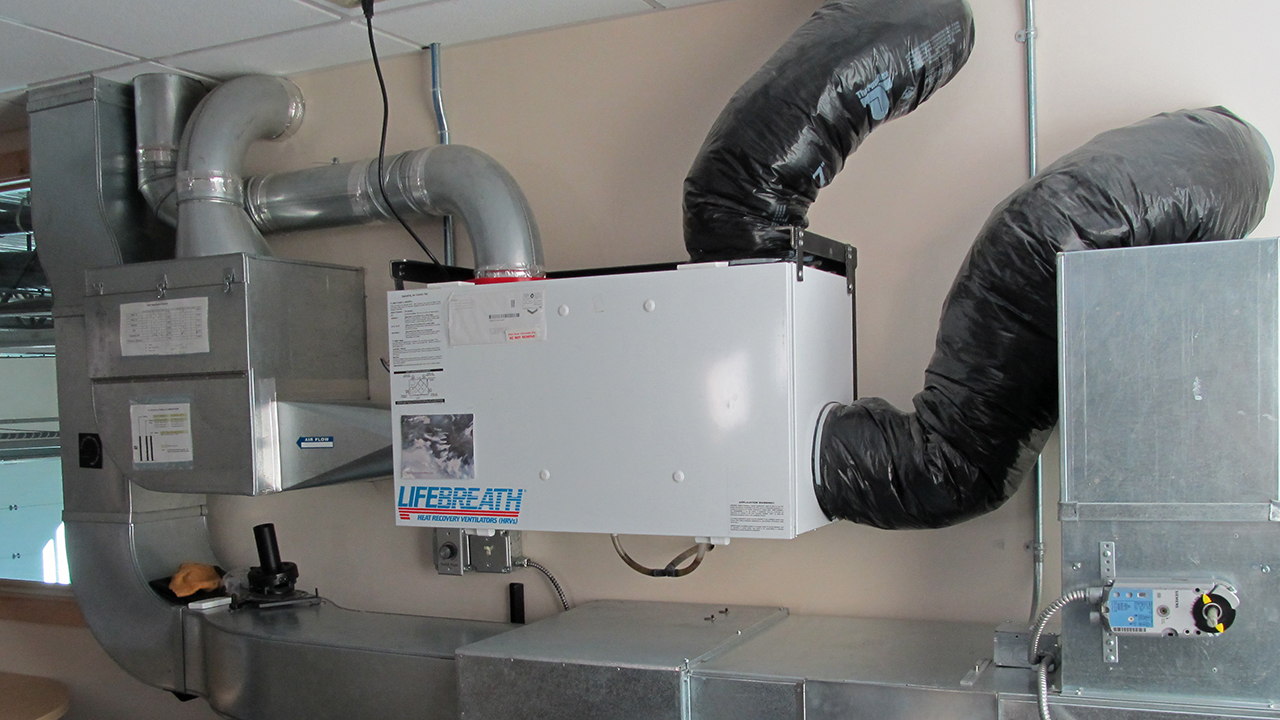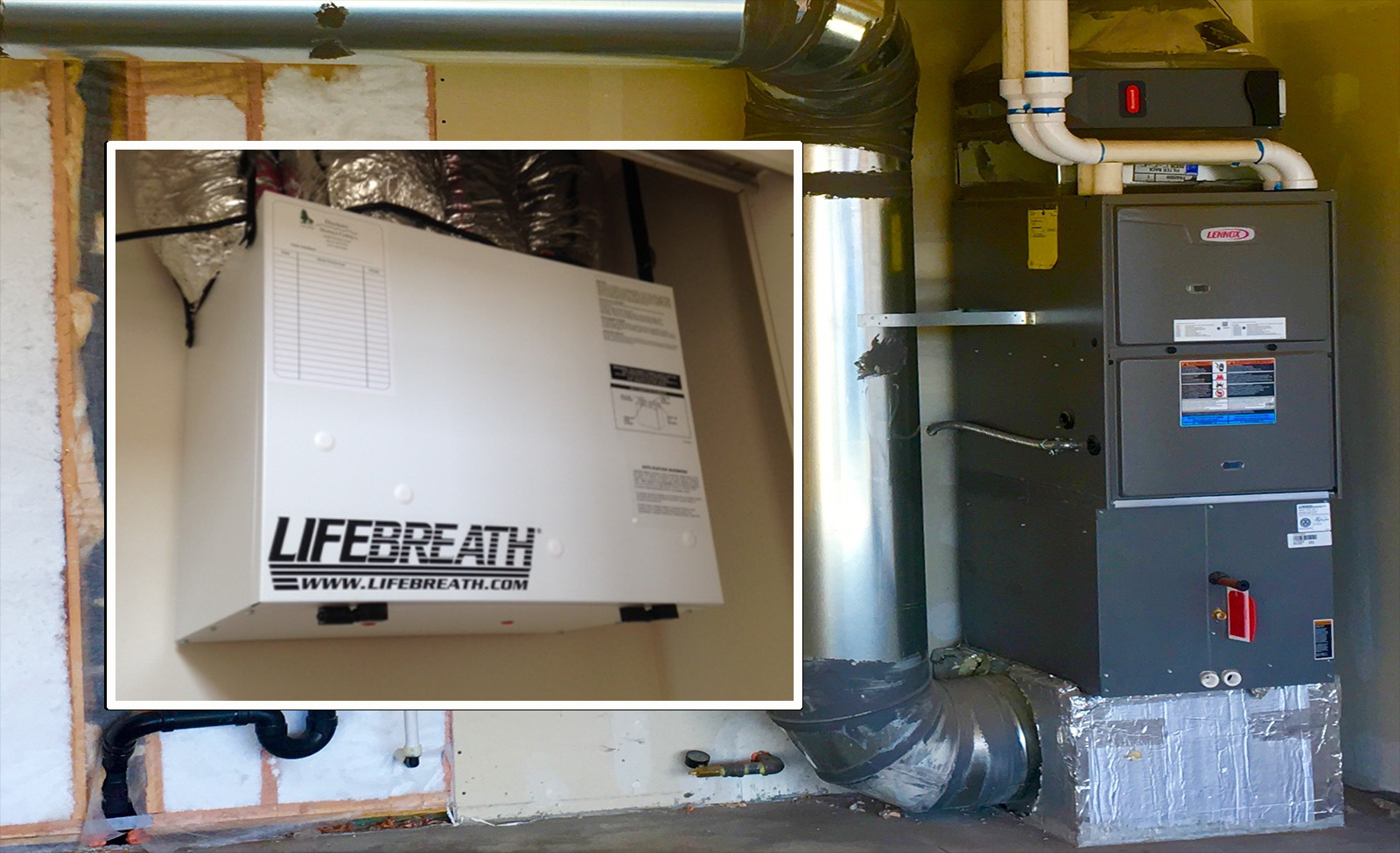The All-Inclusive Guide to the Uses of Heat Recovery Ventilation in Modern Buildings
Heat Recovery Ventilation (HRV) systems stand for a considerable innovation in building innovation (HRV Heat Recovery Ventilation). They supply a method for trading stale interior air with fresh outdoor air while minimizing power loss. This technique not only boosts indoor air top quality however additionally adds to energy efficiency in both household and industrial buildings. Comprehending the various applications and benefits of HRV can reveal its critical role in contemporary layout and sustainability efforts. The implications of this innovation deserve checking out even more
Comprehending Heat Recovery Ventilation Systems

Several modern buildings focus on energy effectiveness, comprehending warm recovery air flow (HRV) systems is crucial for optimizing indoor air quality and minimizing power usage. HRV systems work by moving heat from stagnant interior air to incoming fresh air, efficiently keeping comfy indoor temperature levels while minimizing energy loss. These systems include a warm exchanger, followers, and ductwork that promote the blood circulation of air. During winter months, HRV units record and recycle heat from the outward bound air, while in summer, they can assist cool down inbound air. By constantly trading air, HRV systems also lower moisture and the concentration of indoor toxins. Correct installation and maintenance of HRV systems are important for their efficiency and effectiveness in improving total structure performance and comfort.
Benefits of Heat Recovery Ventilation
Heat recovery ventilation systems provide numerous benefits that improve both energy effectiveness and indoor air high quality in contemporary structures. By recording and recycling power from exhaust air, these systems substantially decrease cooling and heating expenses, leading to reduced energy usage. They preserve a steady circulation of fresh exterior air, reducing the risk of interior air toxins and irritants. This continual exchange helps regulate moisture degrees, stopping mold and mildew development and making certain a healthier living atmosphere. In addition, HRV systems add to sustainability goals by lowering general carbon footprints. Their ability to optimize ventilation without compromising thermal convenience makes them a valuable addition to contemporary structure design, advertising both financial and environmental benefits.
Applications of HRV in Residential Structures
As property owners increasingly prioritize energy performance and interior air top quality, the applications of warmth healing air flow (HRV) systems in domestic buildings have actually come to be much more prevalent. HRV systems are particularly advantageous in firmly sealed homes, where maintaining fresh air blood circulation is important for avoiding moisture buildup and interior toxins. They successfully transfer warmth from outgoing stale air to incoming fresh air, reducing power costs connected with home heating and air conditioning. Additionally, HRVs can boost comfort degrees by managing moisture and temperature level. They are likewise adaptable for different domestic styles, Visit This Link consisting of single-family homes and multi-unit structures. Generally, incorporating HRV systems sustains lasting living practices while ensuring a healthier indoor atmosphere for residents.
HRV in Industrial and Industrial Settings
In industrial and industrial settings, the implementation of heat healing ventilation (HRV) systems has become progressively critical for enhancing power performance and keeping air top quality. These systems efficiently move heat from exhaust air to inbound fresh air, lowering the demand for extra heating or cooling. This not just reduces energy costs but additionally adds to sustainability campaigns. Industries such as manufacturing, warehousing, and office complex benefit significantly from HRV systems, as they help regulate temperature and moisture levels, ensuring a comfy and efficient environment. Furthermore, HRV systems help in removing impurities and excess wetness, improving indoor air top quality. As policies around air quality come to be more stringent, the adoption of HRV technology is likely to expand, making it a critical element of modern business and industrial framework.
Future Fads in Heat Recovery Ventilation Technology

Frequently Asked Concerns
Exactly How Does Heat Recovery Ventilation Effect Indoor Air High Quality?
Heat recovery ventilation considerably improves interior air high quality by constantly exchanging stale indoor air with fresh exterior air while recouping power. This process decreases pollutants, keeps excellent moisture degrees, and guarantees a healthier environment for owners.
Can HRV Equipments Be Mounted in Existing Structures?
HRV systems can without a doubt be installed in existing structures. Retrofitting might need adjustments to ductwork and ventilation formats, however it significantly enhances power effectiveness and indoor air top quality, making it a feasible alternative for older structures.
What Upkeep Is Needed for HRV Systems?

Are There Details Climates Where HRV Is A Lot More Efficient?
Heat recovery ventilation systems are specifically efficient in climates with substantial temperature level differences in between periods. These systems optimize power effectiveness by recovering warmth from exhaust air, making them suitable for both cool and reasonably warm environments.
Just How Do HRV Systems Affect Power Costs?
